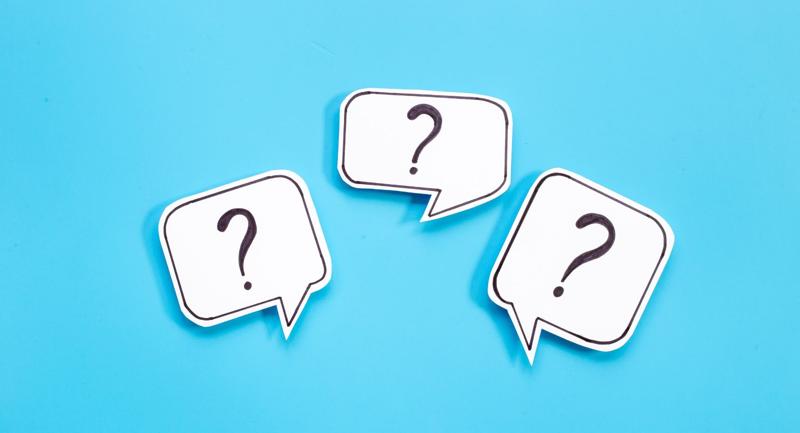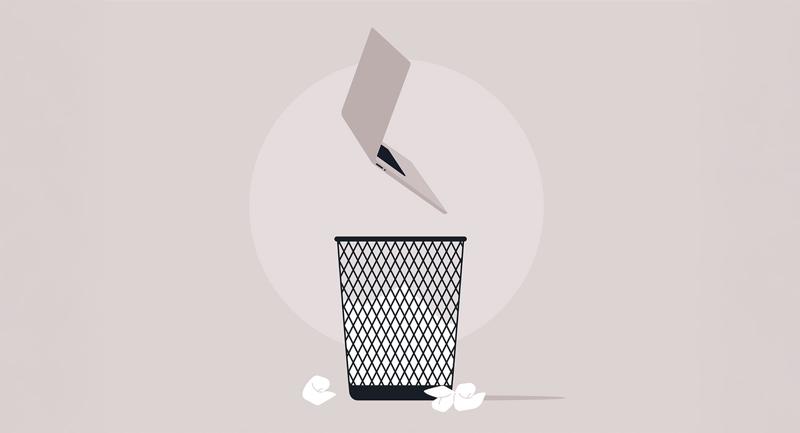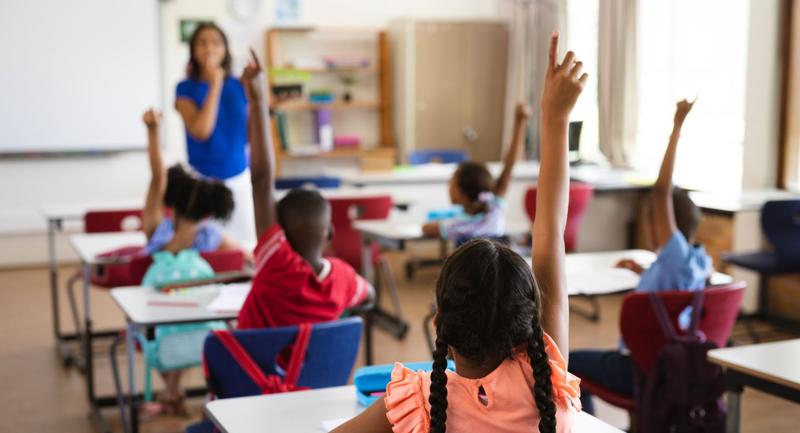Talking to students about goal setting begins with asking them how they define it. The challenge, for some students, is seeing the need or developing the desire to set goals that relate to their learning and achievement at school. Start students thinking about this process by referencing goals that they have set outside of school. Certainly, many youth have been motivated to save money for a specific purchase or to convince their parents to buy them a certain piece of sporting equipment or new clothes. Such goals motivate the persuasive conversations that students have with their parents. Students can easily see that connection!
I advocate for reflecting on goal setting with students continually. It should be a cyclical process that requires teachers to set aside time in the classroom for students to think about, discuss, and share the ways they are establishing and reaching their goals. So, how do we encourage students to buy in to this approach to learning? Here are a few steps to get started.
- In the first days of the new school year, ask students to talk about goal-setting in small groups. The following prompts can get the conversations started:
- Do you set goals for yourself? Why or why not?
- What kinds of goals do you set?
- What is a recent goal that you set? Did you achieve it?
- How do you respond if you do or don't achieve your goal?
- Do you reward yourself for reaching your goals or is the feeling of success enough?
- Do your friends set goals for themselves? How do you know?
- Have the small groups share their conversations with the large group. Ask a student or group of students to lead the discussion and coach them as needed. Ask another student or group of students to take notes that are visible to the whole class and can be referred to, during discussion. Through discussion, the teacher aims to help the students see the benefits of setting both short- and long-term goals.
- After this discussion, redirect the small groups of students to identify short- and long-term goals they can set for themselves both as individuals and as a class, as well as the potential benefits of these goals. Again, ask the groups to share these goals and benefits with the entire class.
- Allow students to have a voice in designing how and when to set goals throughout the year, as well as how the goals will be recognized, shared, and reflected on. These are all opportunities for students to buy in to the goal-setting process. Use these prompts to get students talking about and reflecting on their goals:
- What are different ways I can document my goals?
- How will I know that I have reached my goals?
- How will my teachers know that I did or did not reach my goals?
- What will I do if I reach or miss my goals?
- How will I know if my goals are rigorous enough?
Creating conversations about goal-setting in our classrooms, as well as what is working and what isn't, allows students to engage in their education. Students learn the value of setting long- and short-term goals, and they learn from their peers about different ways to set goals and how to respond in a positive manner when we reach—or struggle to reach—our goals.
By creating spaces to discuss goal setting and recognizing their successes and misses, students become vested in a true community of learners. Much like teachers who participate in professional learning communities (PLCs), students who collaboratively set and work toward academic goals create their own student learning communities.
Setting Student Goals
The following graphic demonstrates the cyclical process of establishing and maintaining a goal-setting culture in your classroom.
- Teacher introduces the topic of goal-setting and ensures dialogue about goal setting throughout the school year.
- Students discuss goal-setting in their personal lives in small groups and share the conversations with the class.
- Students share thoughts on setting short- and long-term academic goals and the benefits and obstacles they expect and have experienced.
- Students discuss and lead decisions on how the class can incorporate strategies for both short- and long-term goals and how they will document, monitor, and recognize success and failures.
- Students have opportunities to reflect and share thoughts on setting goals throughout the year (individually with the teacher, in small groups, with other teachers in PLCs, etc.).
Helping your class to set personal and academic goals can foster increased learning and achievement for students, as well as improved teaching.







